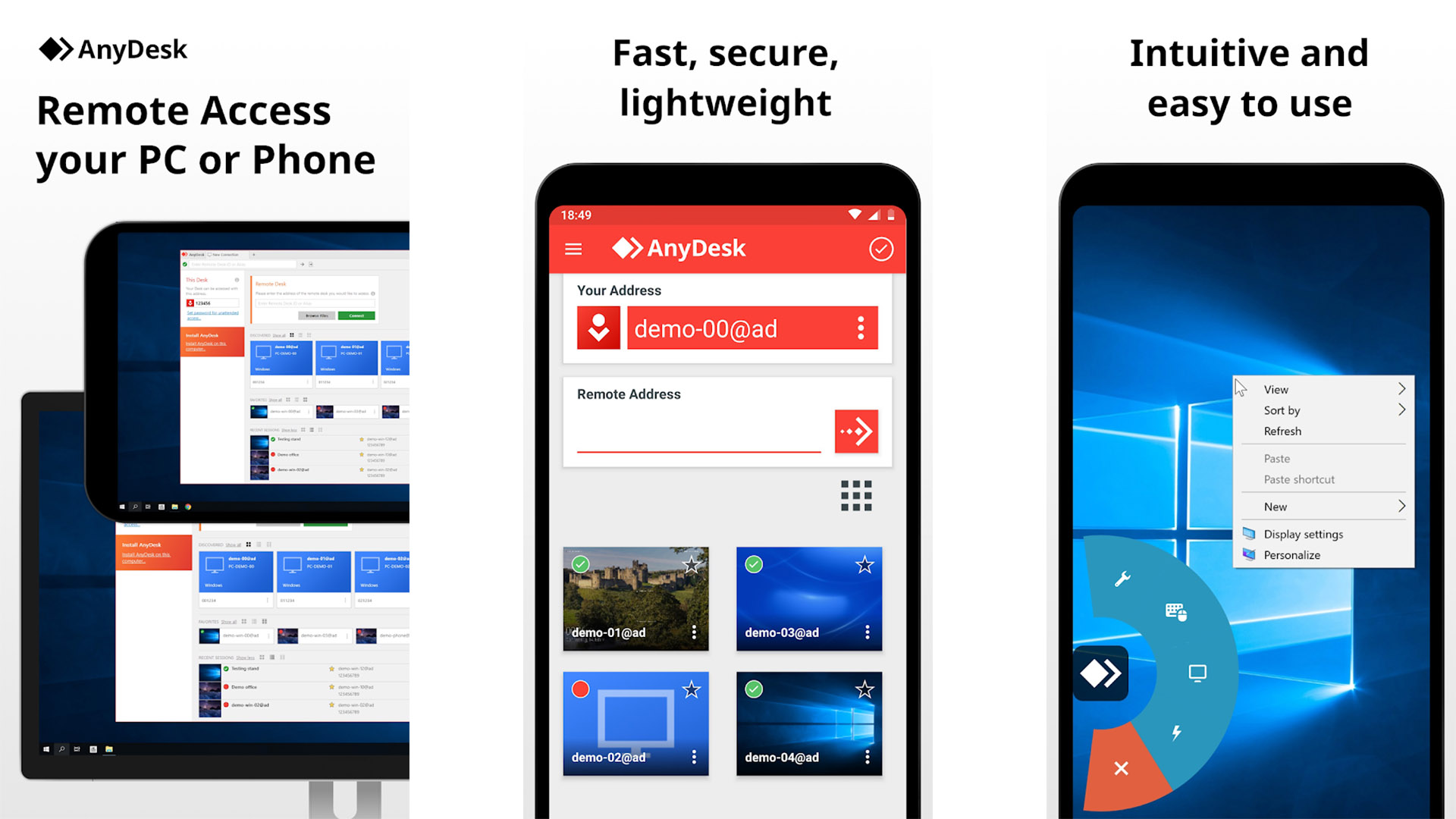Are you tired of struggling to securely connect your remote IoT devices through peer-to-peer (P2P) networks on Android? Well, you’re not alone. In today’s hyper-connected world, ensuring that your IoT devices can communicate safely and efficiently is more crucial than ever. Whether you’re a tech enthusiast or just someone trying to keep their smart home secure, understanding how to manage remote IoT P2P connections on Android is a game-changer.
Let’s face it, folks. The internet of things (IoT) has completely transformed the way we interact with technology. From smart thermostats to security cameras, IoT devices are everywhere. But here’s the catch: they need to talk to each other, and sometimes, they need to do it remotely. That’s where secure P2P connections come into play. And if you’re using an Android device, you’re in luck because we’ve got all the answers you need right here.
This guide isn’t just about throwing random tech jargon at you. We’re here to break it down in a way that makes sense, even if you’re not a coding wizard. So buckle up, because we’re about to dive deep into how you can securely connect your remote IoT devices using P2P networks on Android. And hey, who knows? You might just learn something new along the way!
What is IoT and Why Does It Matter?
Before we get into the nitty-gritty of secure connections, let’s take a step back and talk about what IoT actually is. Simply put, IoT refers to the network of physical devices, vehicles, home appliances, and other items embedded with sensors, software, and connectivity that allow them to exchange data. Think of it like a giant web of interconnected gadgets that make your life easier.
But why does it matter? Well, IoT devices are everywhere these days. They’re in your home, your office, and even your car. They help you automate tasks, save energy, and stay connected. However, with great power comes great responsibility. Ensuring that these devices can communicate securely is essential to protecting your privacy and data.
Key Benefits of IoT Devices
- Automation: IoT devices can automate repetitive tasks, saving you time and effort.
- Energy Efficiency: Smart devices can optimize energy usage, reducing your utility bills.
- Enhanced Security: IoT devices like security cameras and smart locks can keep your home safer.
And let’s not forget the convenience factor. Imagine being able to control your thermostat from your phone or check your security camera feed while you’re at work. It’s like having a personal assistant that’s always on duty.
Understanding P2P Networks
Now that we’ve covered the basics of IoT, let’s talk about P2P networks. Peer-to-peer (P2P) networks are a type of decentralized communication model where devices can communicate directly with each other without relying on a central server. This makes them ideal for IoT devices that need to exchange data quickly and efficiently.
Here’s the kicker: P2P networks can be incredibly secure if set up correctly. By cutting out the middleman, you reduce the risk of data breaches and unauthorized access. However, setting up a secure P2P connection isn’t as simple as it sounds. That’s where Android comes in.
How P2P Networks Work
In a P2P network, each device acts as both a client and a server. This means that they can both send and receive data. For example, if you have a smart thermostat and a security camera, they can communicate directly with each other without needing to go through a central server.
But here’s the thing: P2P networks can be vulnerable if not properly secured. That’s why it’s important to use encryption and authentication protocols to protect your data. And if you’re using an Android device, there are plenty of tools and apps that can help you do just that.
Why Secure Connections Are Essential
Let’s be real for a second. In today’s digital age, cybersecurity threats are everywhere. Hackers are constantly looking for ways to exploit vulnerabilities in IoT devices, and unsecured P2P connections are a prime target. That’s why securing your IoT devices is so important.
Imagine this scenario: you’re out of town on vacation, and someone hacks into your smart home system. They could access your security camera feeds, unlock your doors, or even turn off your thermostat. Scary, right? That’s why it’s crucial to ensure that your IoT devices are securely connected, especially when using P2P networks.
Risks of Unsecured Connections
- Data Breaches: Hackers can intercept and steal your data if your connections aren’t encrypted.
- Unauthorized Access: Without proper authentication, anyone could gain access to your devices.
- Malware Attacks: Unsecured devices are more vulnerable to malware and other malicious software.
But don’t worry, folks. There are plenty of ways to secure your IoT devices, and we’re going to cover them all in this guide.
Securing IoT Devices on Android
Now that we’ve established why secure connections are important, let’s talk about how to secure your IoT devices on Android. Android is one of the most popular operating systems in the world, and it offers a wide range of tools and apps to help you manage your IoT devices securely.
Here’s the deal: Android devices come with built-in security features like encryption and authentication, but you’ll need to take some extra steps to ensure that your IoT devices are fully protected. Luckily, there are plenty of third-party apps and tools that can help you do just that.
Steps to Secure Your IoT Devices
- Use Strong Passwords: Make sure all your IoT devices are protected with strong, unique passwords.
- Enable Encryption: Use encryption protocols like SSL/TLS to protect your data during transmission.
- Update Regularly: Keep your devices and apps up to date with the latest security patches.
And don’t forget to use a reputable antivirus app to protect your Android device from malware and other threats. There are plenty of great options out there, so do your research and choose one that fits your needs.
Top Tools for Secure IoT Connections
When it comes to securing your IoT devices, having the right tools is essential. There are plenty of apps and software solutions available that can help you manage your IoT devices securely. Here are some of the top tools you should consider:
1. WireGuard
WireGuard is a popular VPN app that can help you secure your IoT connections. It uses state-of-the-art encryption protocols to protect your data during transmission. Plus, it’s lightweight and easy to use, making it a great choice for Android users.
2. OpenVPN
OpenVPN is another great option for securing your IoT connections. It’s a widely used VPN protocol that offers robust security features and is compatible with a wide range of devices. And the best part? It’s open-source, so you can trust that it’s secure.
Best Practices for Secure IoT P2P Connections
Now that we’ve covered the tools, let’s talk about some best practices for securing your IoT P2P connections. These tips will help you ensure that your devices are as secure as possible:
1. Use Strong Authentication
Make sure all your IoT devices are protected with strong authentication protocols. This could include two-factor authentication (2FA) or biometric authentication. The more layers of security you add, the harder it will be for hackers to gain access.
2. Monitor Your Devices
Regularly monitor your IoT devices for any suspicious activity. If you notice anything unusual, take immediate action to secure your devices. And don’t forget to log out of any unused devices to prevent unauthorized access.
How to Download Secure IoT Apps on Android
When it comes to downloading IoT apps on Android, safety should always be your top priority. There are plenty of apps available that claim to help you manage your IoT devices, but not all of them are trustworthy. Here’s how to download secure IoT apps on Android:
1. Use Official App Stores
Always download apps from official app stores like Google Play Store. These stores have strict security standards and regularly scan apps for malware and other threats. Avoid downloading apps from third-party sources unless you’re absolutely sure they’re safe.
2. Read Reviews
Before downloading an app, read the reviews to see what other users are saying. If an app has a lot of negative reviews or low ratings, it might be a red flag. Stick with apps that have a solid track record of security and reliability.
Conclusion
Alright, folks, that’s a wrap! We’ve covered everything you need to know about securely connecting your remote IoT devices through P2P networks on Android. From understanding the basics of IoT to implementing best practices for secure connections, you’re now equipped with the knowledge to protect your devices and data.
Remember, securing your IoT devices isn’t just about protecting your privacy—it’s about ensuring that your smart home or office runs smoothly and efficiently. So take the time to set up your devices properly, and don’t hesitate to use the tools and apps we’ve recommended to help you along the way.
And hey, if you found this guide helpful, why not leave a comment or share it with your friends? The more people who understand the importance of secure IoT connections, the better off we’ll all be. Stay safe out there, and happy connecting!
Table of Contents
- What is IoT and Why Does It Matter?
- Understanding P2P Networks
- Why Secure Connections Are Essential
- Securing IoT Devices on Android
- Top Tools for Secure IoT Connections
- Best Practices for Secure IoT P2P Connections
- How to Download Secure IoT Apps on Android


